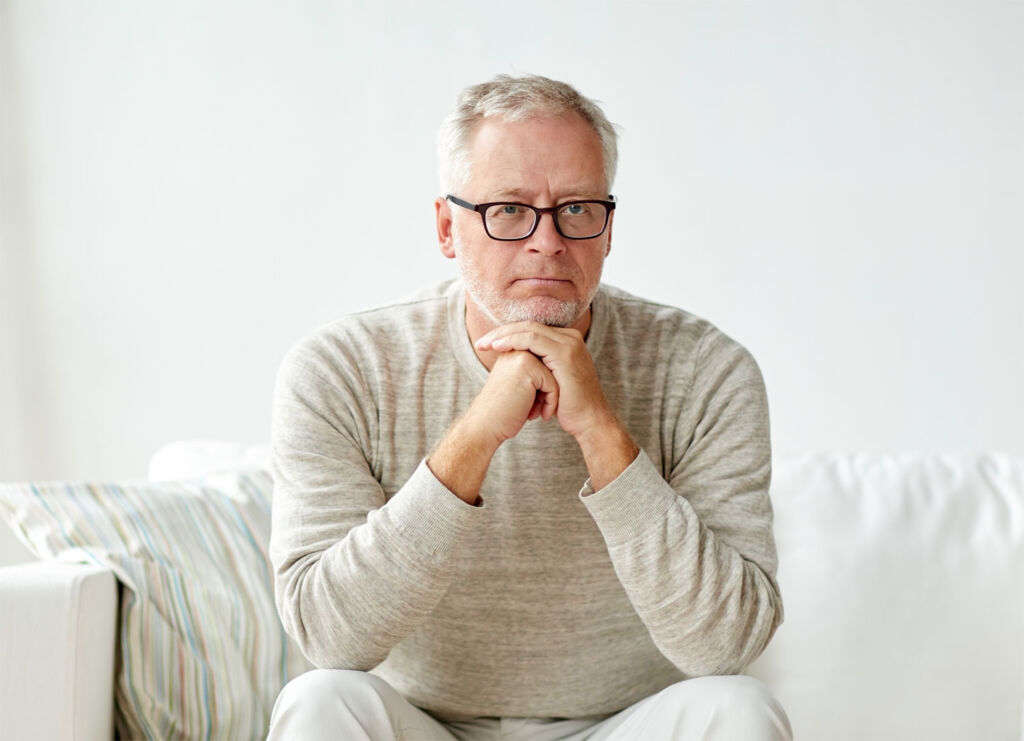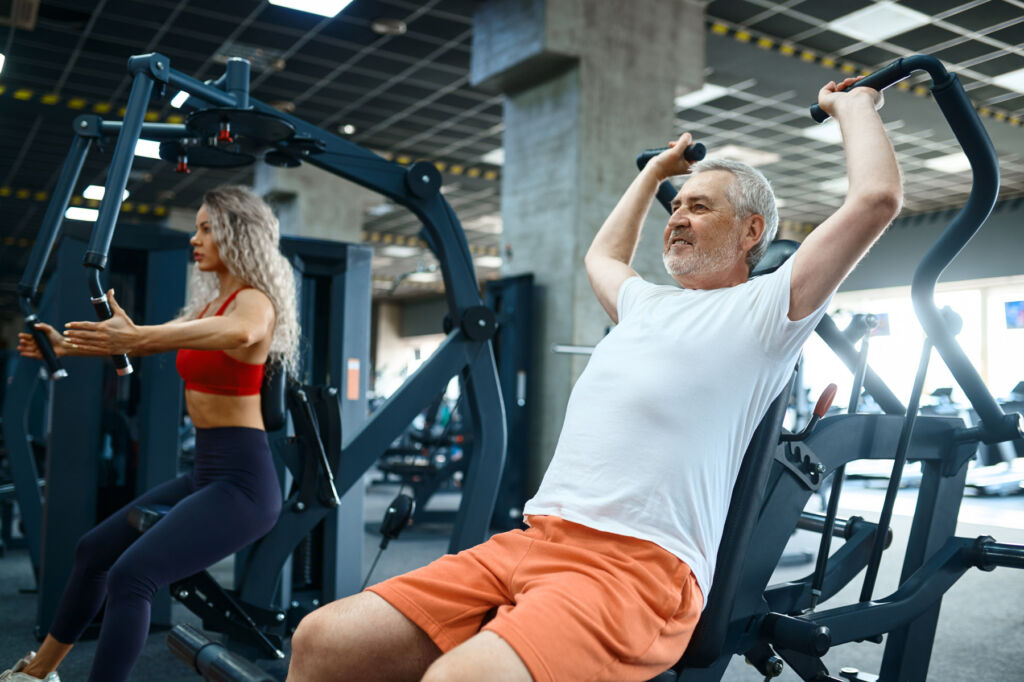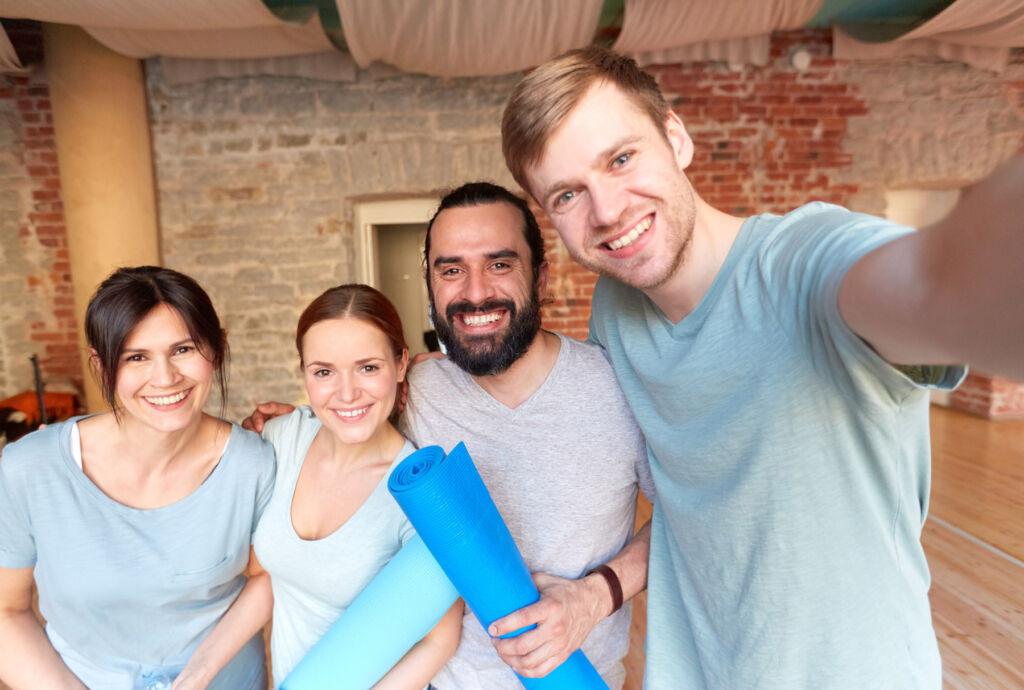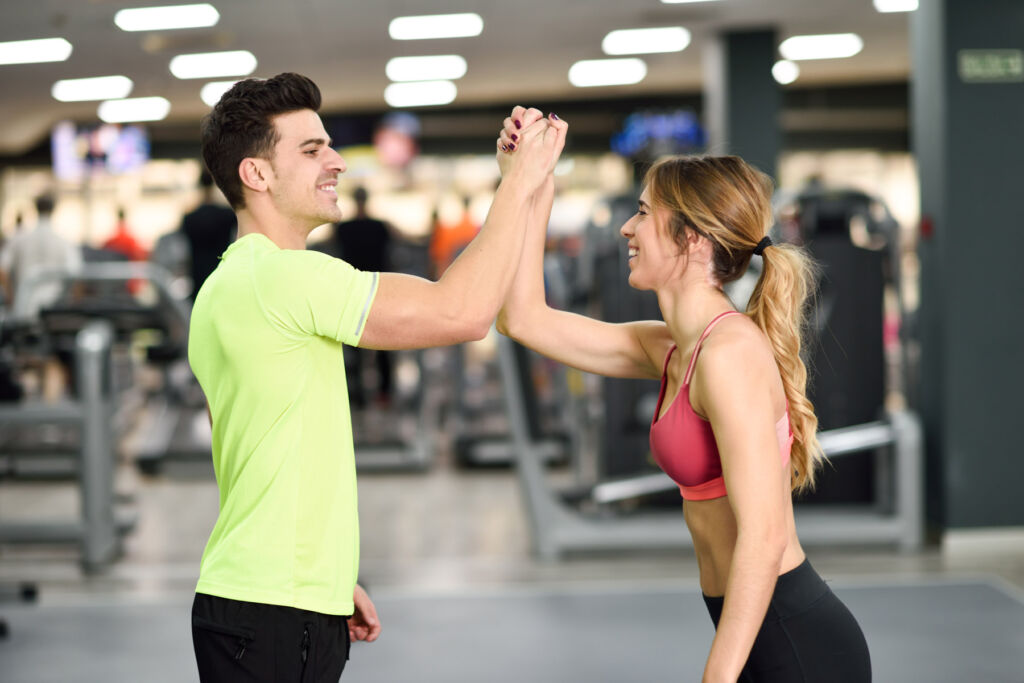
A staggeringly high 88% of Brits admit that they find it difficult to get moving, according to new data from the second annual Fitness Wellness Tracker report¹ just published by Deep Heat and Deep Freeze. The data reveals that 79% of Brits claim that they should be doing more exercise, and below, Physiotherapist Sammy Margo provides six motivational ways to do it.
Uncovering the nation’s movement patterns, the latest Deep Heat and Deep Freeze Fitness Wellness Tracker report has also found that 18% of adults admit to doing zero exercise, with a third of Brits saying motivation is often a problem.
Although on a positive note, there has been a 6% year-on-year increase in the number of people who exercise two or three times a week, Physiotherapist and part of the Deep Heat and Deep Freeze expert hub, Sammy Margo, says that movement urgently needs to be part of everyone’s life.
“There is no denying the fantastic benefits of exercise on overall wellbeing and longevity, so the fact that so many Brits are struggling to get active on a regular basis is concerning as it will no doubt have an impact on many elements of a person’s life.”
So, what can be done to make motivation less of a problem?

Boost your motivation in 6 steps
#1. Make it modest: You don’t need to be hitting the gym hard every day to make exercises matter. Adding just 3,000 steps to your daily count can lower blood pressure, a study in older adults has shown[2].
Mark Burdon, Pharmacist and a member of the Deep Heat and Deep Freeze expert hub, say that these 3,000 steps can be easily achieved with a single round of golf or a 6km (0.6 mile) walk.
“Blood pressure rises as we get older, and this increases our risk of stroke and other cardiovascular disease. Other studies have shown these reductions in blood pressure will reduce the risk of dying from cardiovascular disease by 16%, heart disease by 18% and stroke by 36%.[3],[4],[5].” Sammy adds, “It’s never too late to start doing more exercise, and even modest amounts of gentle activity can make a real difference.”

#2. Remember the health benefits: You may just see exercise as a means of getting fitter and stronger or losing weight. However, the health benefits of exercise are incredibly powerful and knowing them can be a useful tool in maintaining motivation.
Mark Burdon says that there are literally tens of thousands of studies confirming the clear link between activity and health[6].
“Regular movement cuts the risk of early death by 30%; it can lead to a 46% reduction in all-cause cancer risk[7], and it halves the odds of developing type-2 diabetes. Plus, it can stall the progression of 40 chronic conditions and disease,” says Mark Burdon.
The risk of hip fractures falls by as much as 68%, too, with the risk of osteoarthritis slashed by as much as 83%.
Exercise could also help to reduce the risk of Alzheimer’s disease. It’s thanks to irisin, a hormone activated by exercise, according to researchers based in the UK.
“Irisin regulates glucose and fat metabolism and helps convert unhealthy white fat tissue into more metabolically active brown fat. It’s also found in the brain, and earlier studies have shown reduced levels in people with Alzheimer’s,” explains Mark Burdon.
#3. Find a routine: When exercise becomes a habit entrenched in your everyday life, then motivation becomes less of an issue.
Sammy Margo advises, “It’s always better to stick to a routine if you can, not only because it becomes a habit, but also because this makes the most of the circadian rhythms, or body clocks, which influence every cell in our body.”
According to the latest stats, a third of Brits say they usually exercise at the beginning of the day, compared to 10% who work out straight after work and 22% who exercise in the evening. Almost a quarter (23%) of adults don’t have a regular routine and exercise whenever they get the time.
Sammy Margo adds, “Plan your exercise for the week, the weekend before and slot it into your diary. This way, you’re more likely to stick to it. Try working out with a friend too at a regular time each week to help you stay accountable and make movement more enjoyable!”
If weight loss is your goal, then working out first thing could help, according to data published by the journal Obesity[8].
#4. Use music: An impressive 34% of those surveyed by Deep Heat and Deep Freeze say they listen to tracks that get them moving and motivated.
Sammy Margo explains, “Music has the power to dictate your mood, and an upbeat playlist of tracks can help you feel alert, alive and ready to go. Listening to this before and during exercise can not only improve your motivation but also make exercise more enjoyable.
For steady-state cardio, such as jogging, look for music with 120 to 140 beats per minute. A quick search on YouTube can help you find this.”
#5. Avoid injury for pain-free movement: Warm up….
If you find yourself struggling with sore muscles and joints, then exercise might be the last thing you want to do. So, ensuring you warm up before exercise will prepare your body for the movement it’s about to do. So much so that a meta-analysis, which assessed data from 15 studies, concluded that a warm-up reduces the risk of injury by 36%[9].
Warming muscles has also been shown to reduce the risk of delayed-onset muscle soreness (DOMS) and stiffness that can follow exercise[10].
But, new data in the Deep Heat & Deep Freeze Fitness Wellness Tracker found that a scary 63% of people don’t warm up before exercise, and 72% don’t bother cooling down, which is bad news for our muscle and joint health.
Chris Ruxton, Personal Trainer, Functional Fitness Coach and Competitor who swears by Deep Heat and Deep Freeze, says, “Musculoskeletal injuries and age-related aches and stiffness are two of the most common barriers stopping people from exercising. Use the Deep Heat Muscle Massage Roll-on Lotion for a fast-track warm-up. The roller-ball action massages calves, thighs, upper arms and shoulders and the sites of any particularly tight or achy muscles.”
#6…And cool down: Cooling down is also important. According to Chris Ruxton, it can help to accelerate the clearance of lactic acid from muscles. “While muscles are still warm, gentle stretches, held for 15 to 60 seconds, will help release any build-up of lactic acid and increase flexibility. Over time, regular stretching will increase strength, mobility, and balance,” says Chris Ruxton.
For post-workout, Sammy Margo recommends using the Deep Freeze Glide-on Gel. “Cold is really useful immediately after an injury because it slows the inflammatory response, which reduces swelling and pain.”
Sammy Margo adds: “Ultimately, motivation can be a real problem for many people, and with busy lives and limited time, it can be hard to make exercise a total priority. So, knowing the health benefits, finding a routine and making sure exercise is pain-free can play a huge role in boosting motivation so that exercise and movement become a regular part of everyone’s day.”
References:
- ¹ Get On Track With Good Health; New Deep Heat & Deep Freeze Research Tracks Health And Fitness; Edition 1; January 2024
- [2] https://www.mdpi.com/2308-3425/10/8/317
- [3] https://digital.nhs.uk/data-and-information/publications/statistical/health-survey-for-england/2021-part-2/adult-health-hypertension
- [4] https://www.gov.uk/government/publications/health-matters-combating-high-blood-pressure/health-matters-combating-high-blood-pressure
- [5] https://www.eurekalert.org/news-releases/1002735
- [6] https://www.nhsinform.scot/healthy-living/keeping-active/health-benefits
- All from this source, unless referenced separately
- [7] https://pubmed.ncbi.nlm.nih.gov/9570295/
- [8] https://www.eurekalert.org/news-releases/1001598
- [9] https://www.nsca.com/education/articles/kinetic-select/aerobic-endurance-training-strategies/
- [10] https://www.nswis.com.au/high-performance-at-home/cool-downs-what-does-the-science-say/

![]()




You must be logged in to post a comment.